"My daughter 3 handmade pieces with seal holder her dowry.. And don`t forget write them her name".. Long time ago, specifically in the late 19th and early 20th century, never marriage without that phrase. Throughout the centuries, handmade carpet was dowry for pride, it was habit in Persia, then moved to Egypt in late last century, bride family were conditioned on groom family to tile house with handmade carpet as usual, developed of interest later to acquire rare piece, gift name or owner seal holder.
"Wool, Silk, Cotton, Noel made of wood".. That`s all he need to start working in the production of exquisite artistic miracle from types of carpets, and with knot which features with its technical and material valuables. Handmade carpet is one of the oldest crafts known to man; it started with the Pharaonic era, since more than 5000 years BC, found in Hmamih village Asyut, in Central valley patterns for making carpets, from flax and cotton, are the two whose was reputed by Egypt in antiquity, as it turns out some old graves market views, the sale of flax yarn.

Flax fiber isn`t a radar unit used, it also found textiles made from sheep`s wool and Palm fibers, grasses and others, dyeing appeared in the 3rd dynasty, used in carpets as used in textile fabrics yarn fibers of flax. Ancient patterns found that women constitute the predominant among those involved in the production of textiles, noel horizontal was use it, opposite men, weaver woman had decent position, so that texts of Thutmose III quoted to us, the weavers were selected for class work at major temples as Karnak and Luxor.
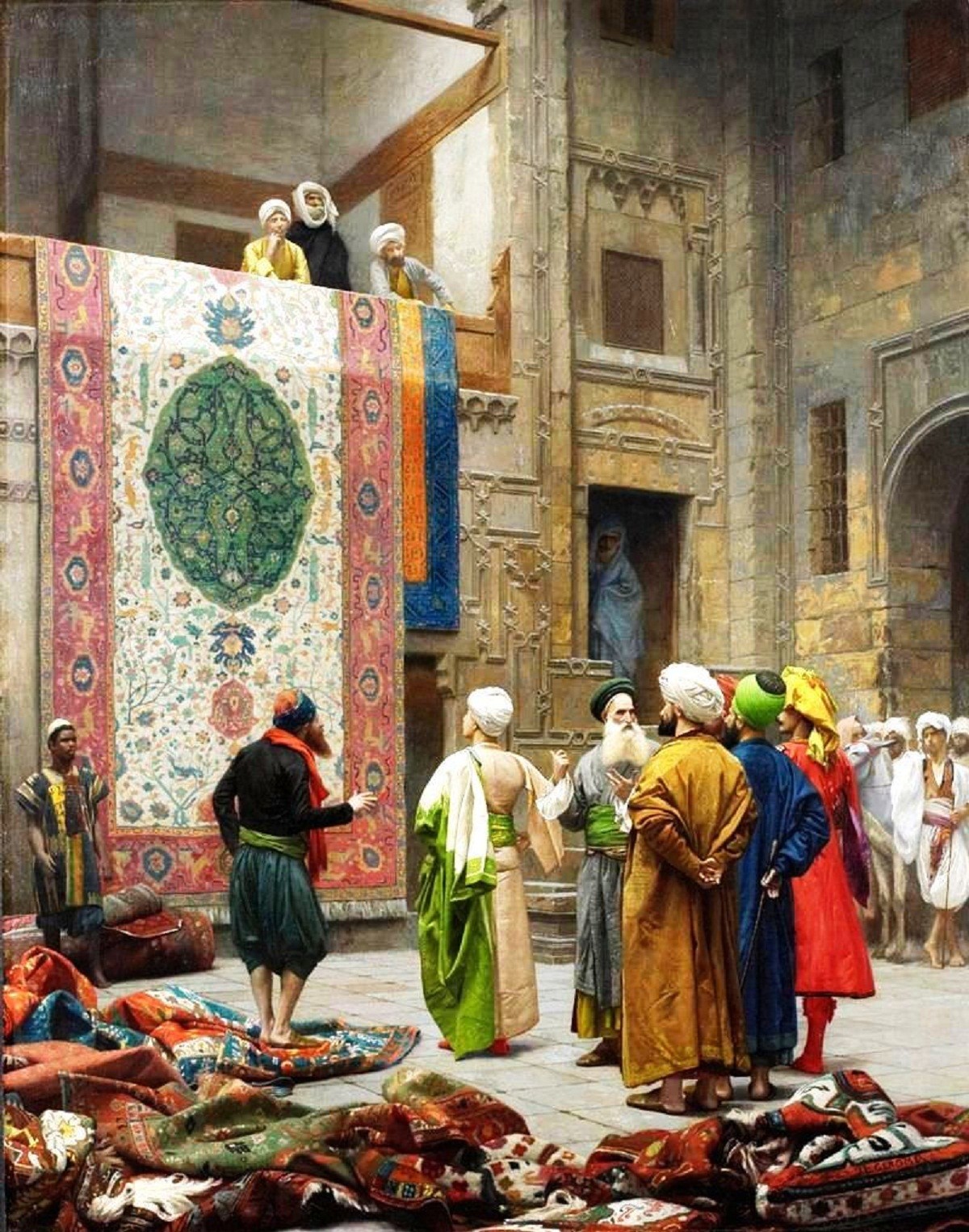
Prospered in Mamluk and Saladin era, after the fall of Mamluks and Ottomans occupation the Levant, moved with them to Ottoman Empire, and returned to spread in Egypt since that time, so many village was to become a professional on it, so much that every village is consider a castle for it, today, become endangered professions in Egypt, there is no book concerned to education it, or place cares about transfer of its assets, meaning that must be earned by working at young age, because its need a lot of skill, muscular and nervous system.
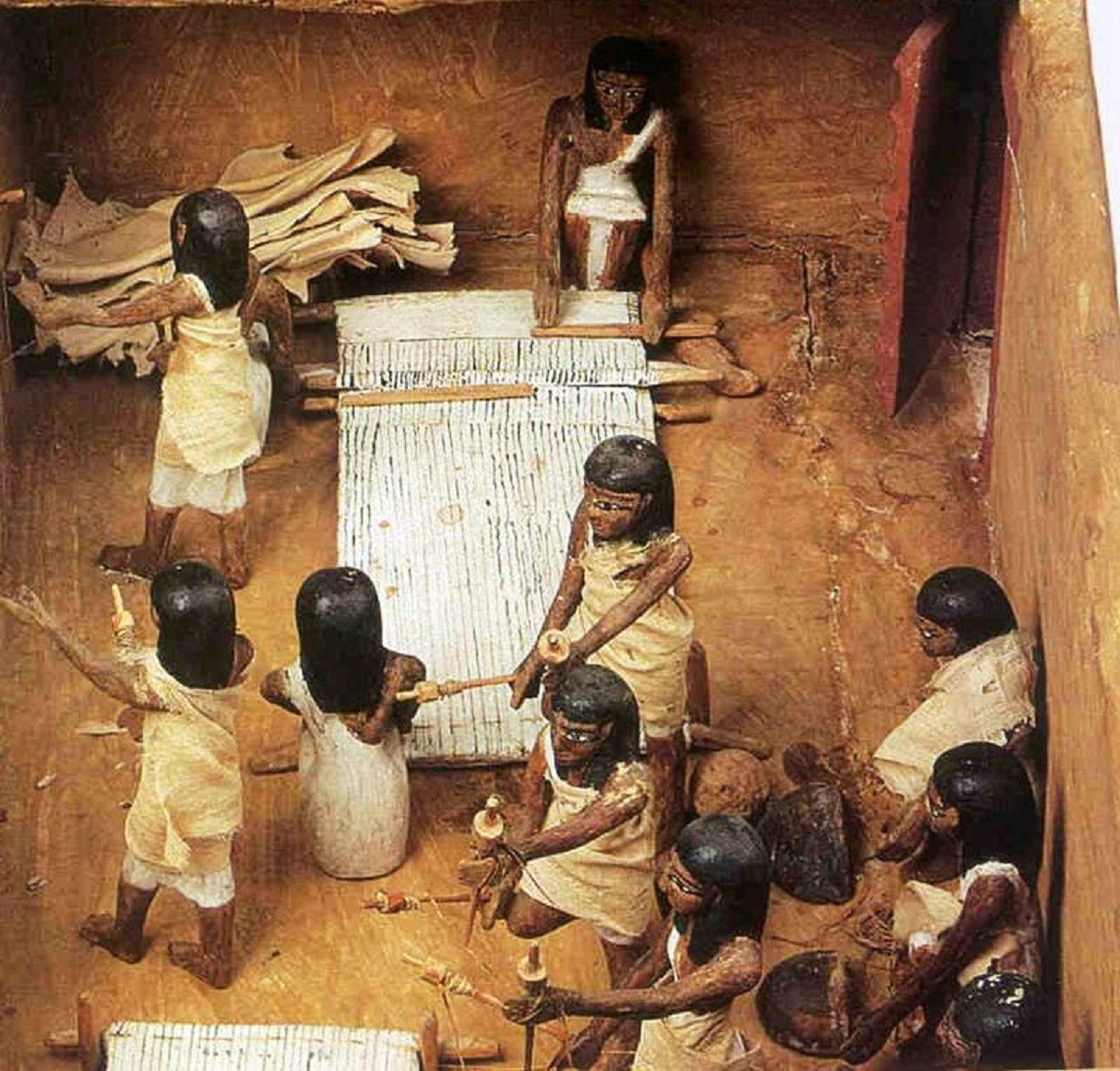
King Farouk was the first highlighted in modern era, when wanted to make handmade carpet shaped paper currency 5 pounds, ordered executed from Qattan factory for the manufacture carpets, started immediately to work, but failed to produce the first time, and needed 3 attempts for can produce, in last attempt to reach the factory almost success, but July 23 revolution 1952 toppled by the Royal, the longer no one need a currency carpet, especially after changing them completely, but factory`s owner decided to continue in the industry, buy a mansion, renovated and opened a factory for handmade carpets, and make it a place for the training of young people on the craft of precious art.
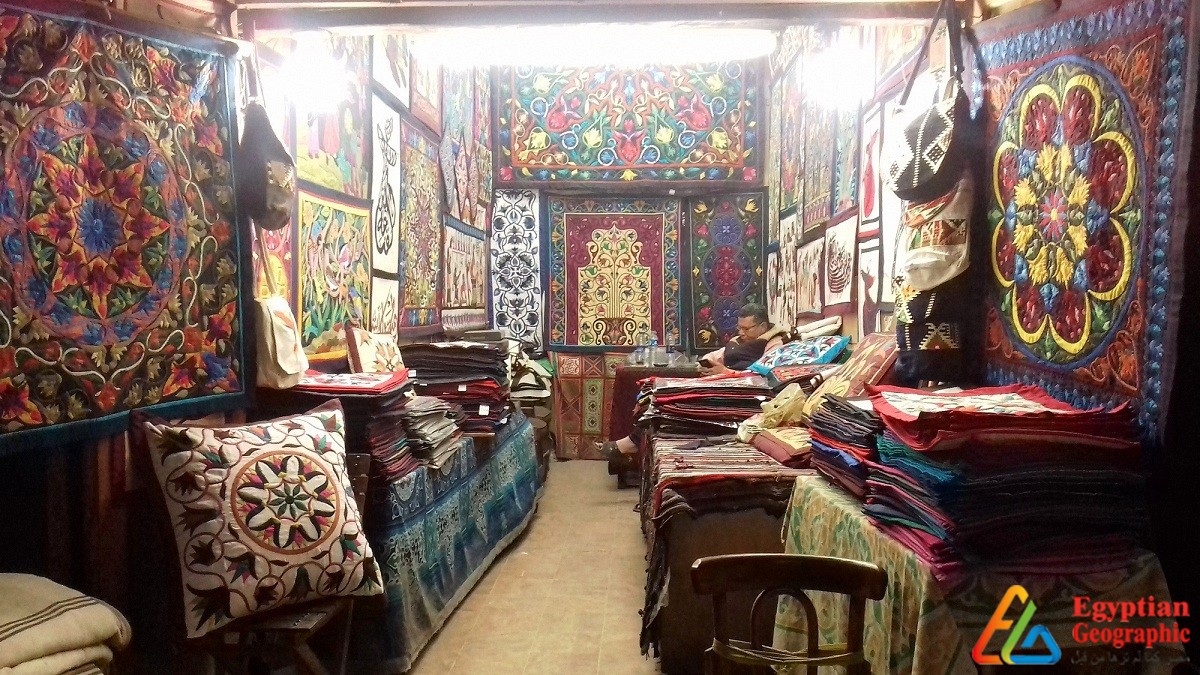
Carpet types
There are many types of it, as one made of silk, that type of stylish colors and variety of silk knot, there are 64, 81, 100 or 144 knots of centimeters, there is also a carpet made of New Zealand wool and other of Egyptian, carpet is "Qashqai" and "Shirazi" considered of the most popular handmade carpets made of wool, either Obison is another type of material used in handmade carpets, used in the made of flooring carpet and portraits, featuring a soft touch, there are 4 types of it, Egyptian, French and Chinese Obison, usually the multicolored. Either Egyptian Joplin known as Clem, varies in its manufacture of usual Noel, it`s as texture Noel.
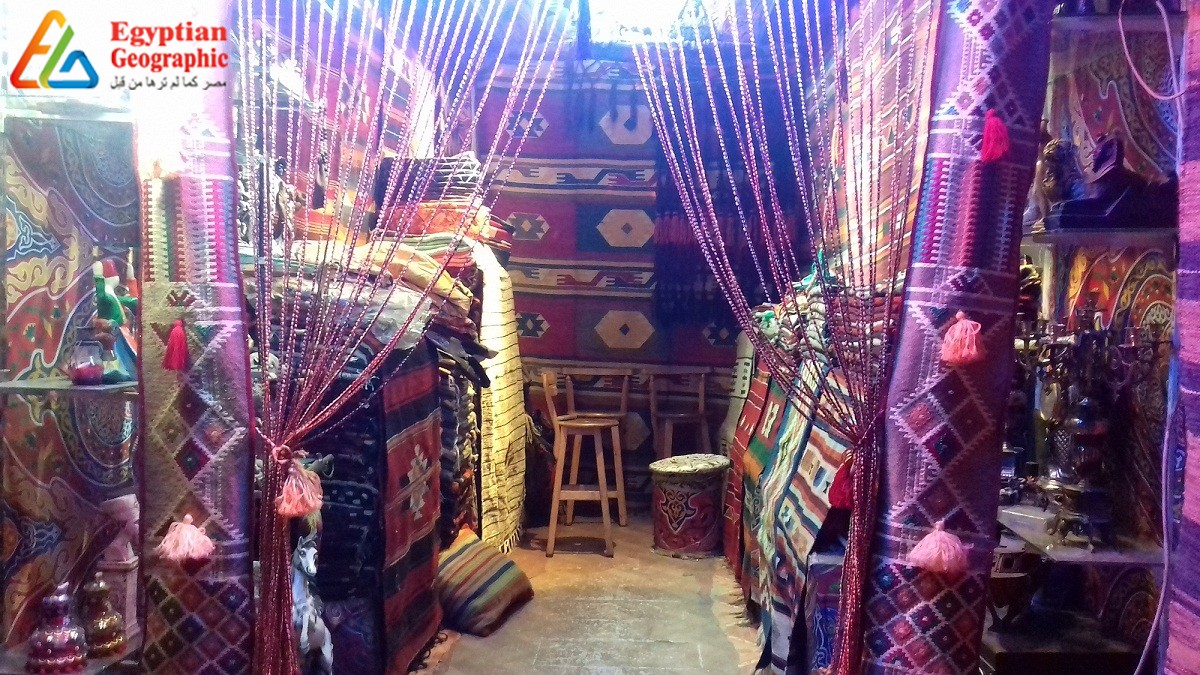
Carpet`s castles
"Abu Sharaa" in Monofyia, considered the Queen sits on throne of that industry in Egypt, even former President "Hosni Mubarak" surprised when he visited the Élysée Palace in Paris, found the Palace`s visitors gathered on one of the walls adorned with the brilliant piece of handmade carpets, Abu Sharaa was product, carpet industry was born in those village of 1952, by one of her children learned in Cairo and passed on to them, since that time it has become an integral part of each home furniture in that village.
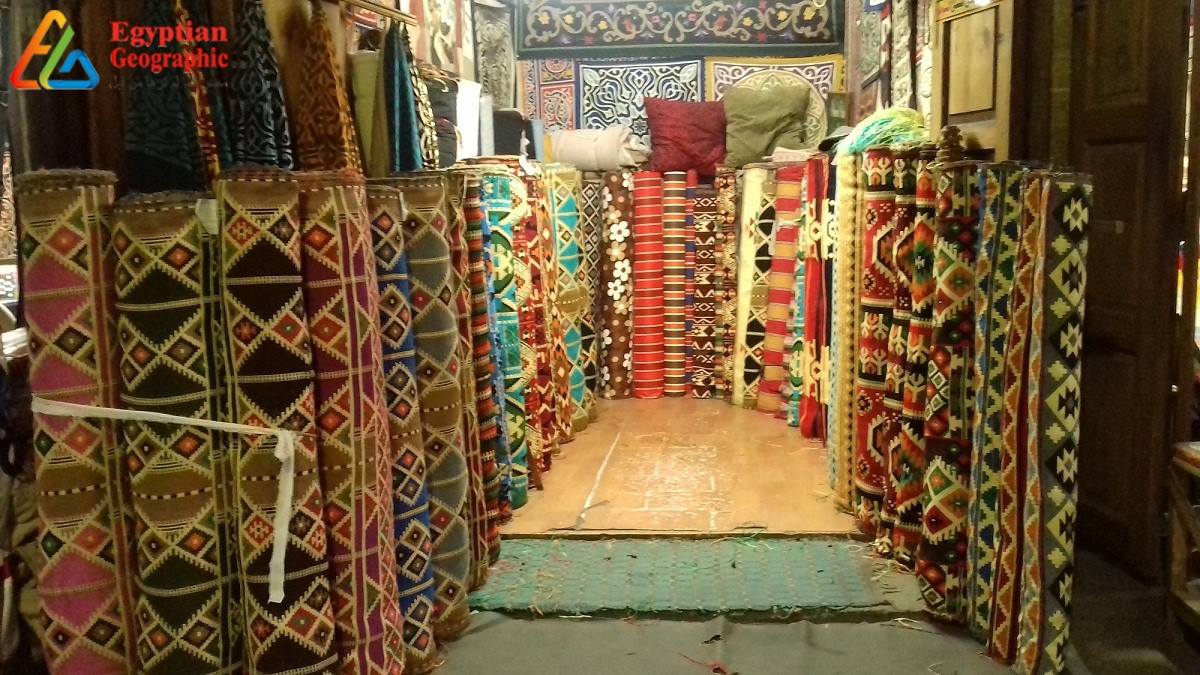
Spread out and trickled in neighboring villages also evolved a lot, until it`s worker have mastered all kinds of it, most important, blended cotton wool, as "Sharon", "Hariz" "Tops", and "silk" carpet, it could be internal and global markets invasion craftsmen in fierce competition with other states. Carpet industry requires precision, patience, dexterity and permanent focus, one carpet may take months or several years of continuing work produced, "Issa`s House" lasted for about 7 years to produce one carpet, 60m in size, had requested one of the Princes of the Gulf.
"Fantasy artwork.. The ability to taste the beauty of colors and symmetry".. One of the most important elements of work in handmade textile industry, because that depend on worker`s imagination in production, are the qualities acquired from an early age and continuing training, so find all the workshops children learn a craft.

Shnaoih village in Beni Suef considered of Egyptian castles, which could to put its privileged place in industry, during the visit of late President Gamal Abdel Nasser in 1961, the former Bigoslavia Gallery, watch to carpet hanging at gallery, and know it was Shnaoih Product, then decided to make a carpet factory of that village, to provide work for all classes from two genders.
Fouah village in Kafr El-Sheikh, the largest handmade carpets factory, no member of her family is unaware of this art, so that its people pride themselves that they handmade carpet origin in the world, the village has 70% of workshop in Egypt, produces 11 types of global Clem and tourist Joplin, in addition to thousands of pieces of raw silk carpets.

Haranih village is also one of the most important bastions, South of Giza in Egypt, Eng. Ramses Moses Wasif who founded, foundation of handmade carpet factory in village, combine many craftsmen who possess great artistic ability, we see there are carpets featuring Pharaonic, Islamic graphics, Qur`anic verses, birds and fields in picture on carpet floor, and Clem is decorated the walls.
Handmade carpet was started by 10 men in Kirdasa, representing the familiar known as region, most popular as Issa`s House, Mekkawy, El-Sheikh, El-Said, Mahmoud, El-Tayyar, and they`re all genetically inherited the work.
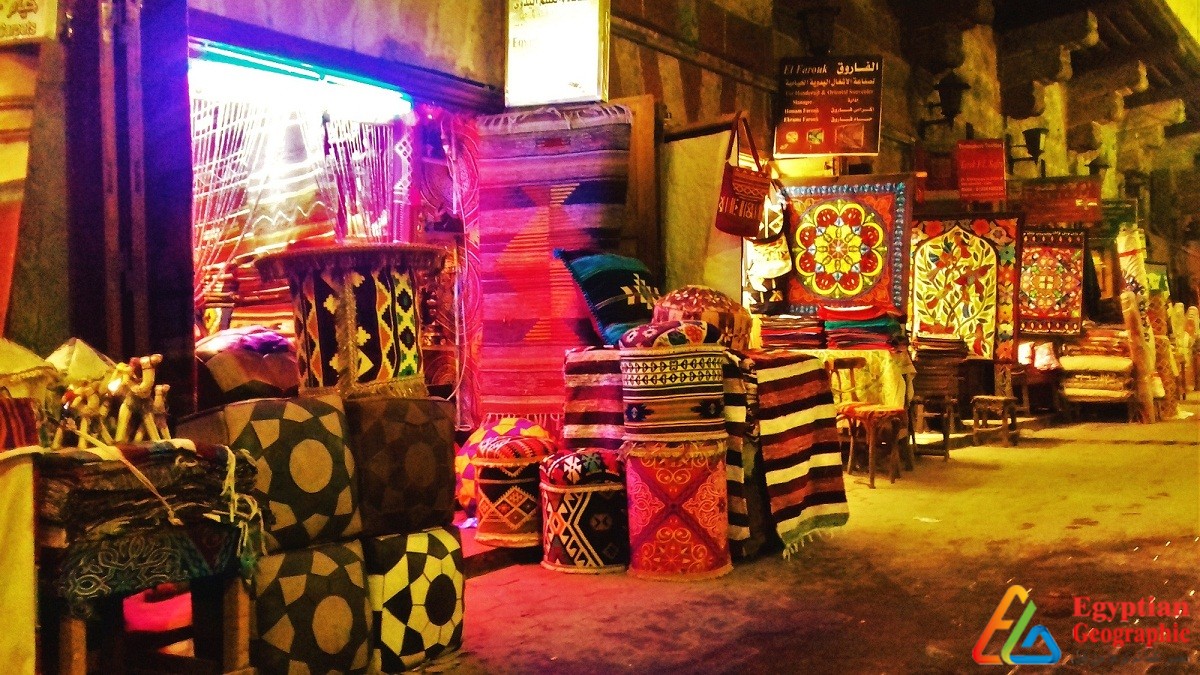
As usually all beautiful, the machine entered to spoil the monotonous forms of human taste and its less quality, though everyone has bought it, for its low price compared to handmade carpet, so many craftsmen left their industry that have been passed down generation after generation, to do a new careers on them, especially after increasing raw material prices.
Some still clinging to his craft yet, see the handmade art of art, to who can implement any design chosen by customer, the machine is unable to execute, as its color remain vivid and don`t fade with time, most importantly, it`s very healthy, because it doesn`t contain synthetic fibers can cause allergies and illnesses, easy to clean, it is a masterpiece gives beauty and positive energy to all of the acquired.




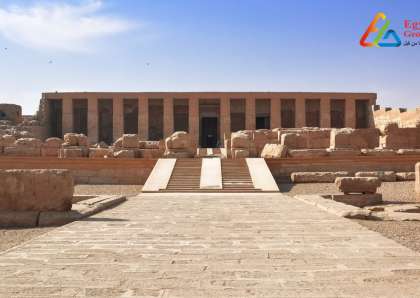
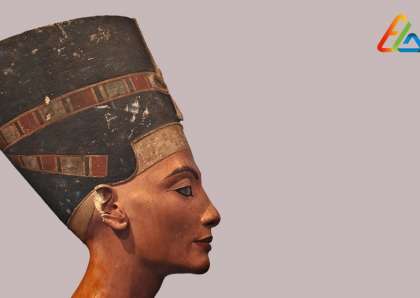
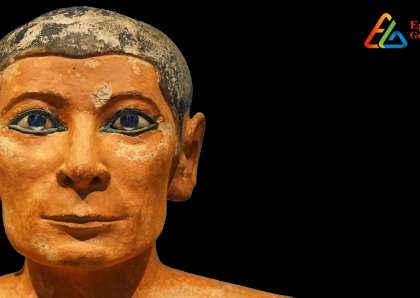
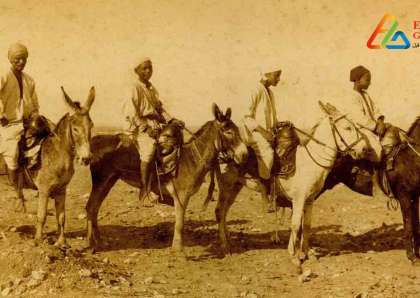
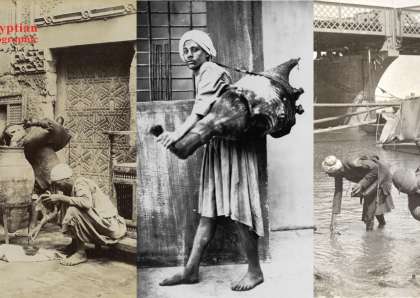
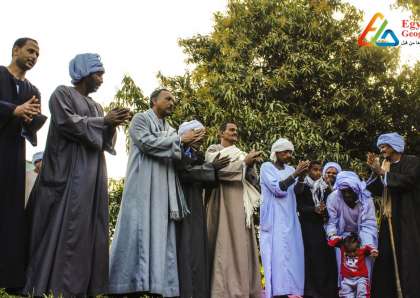







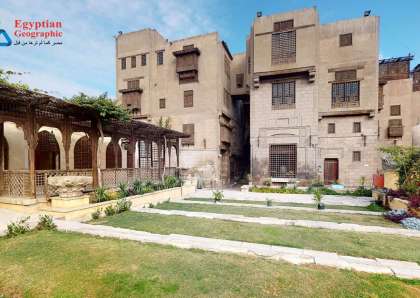
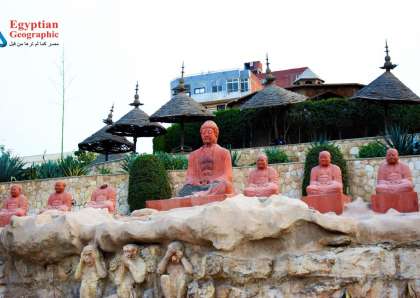

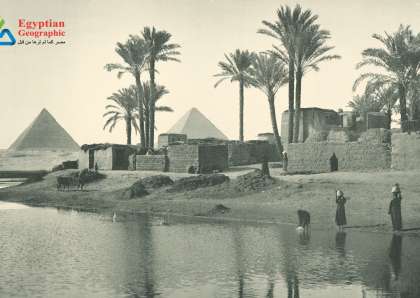


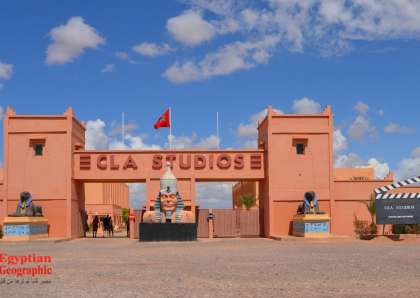




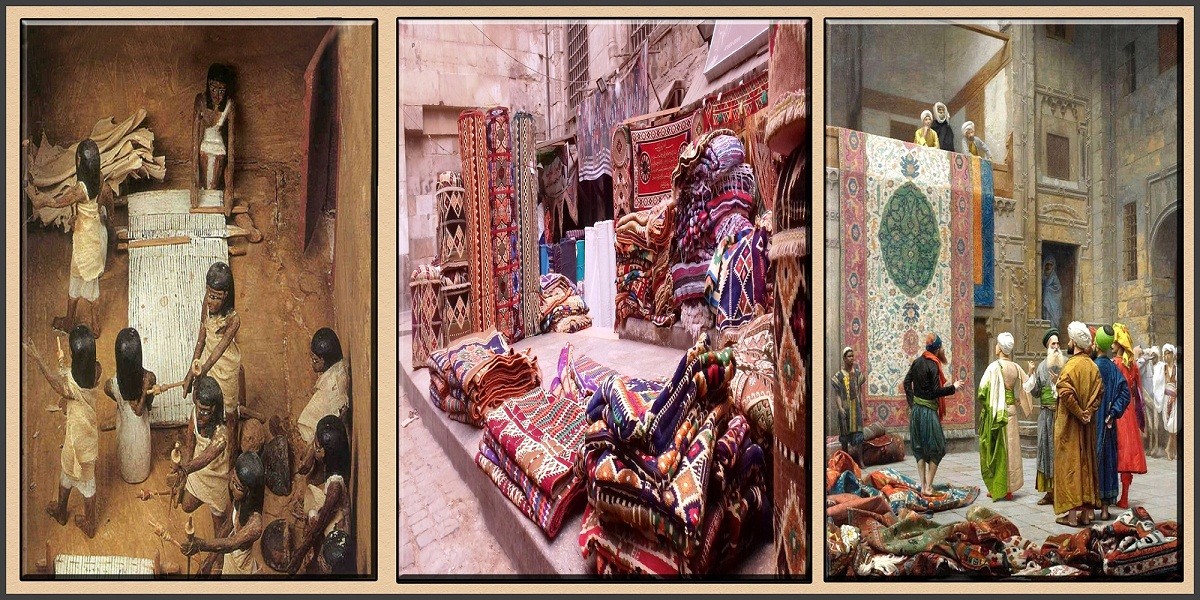










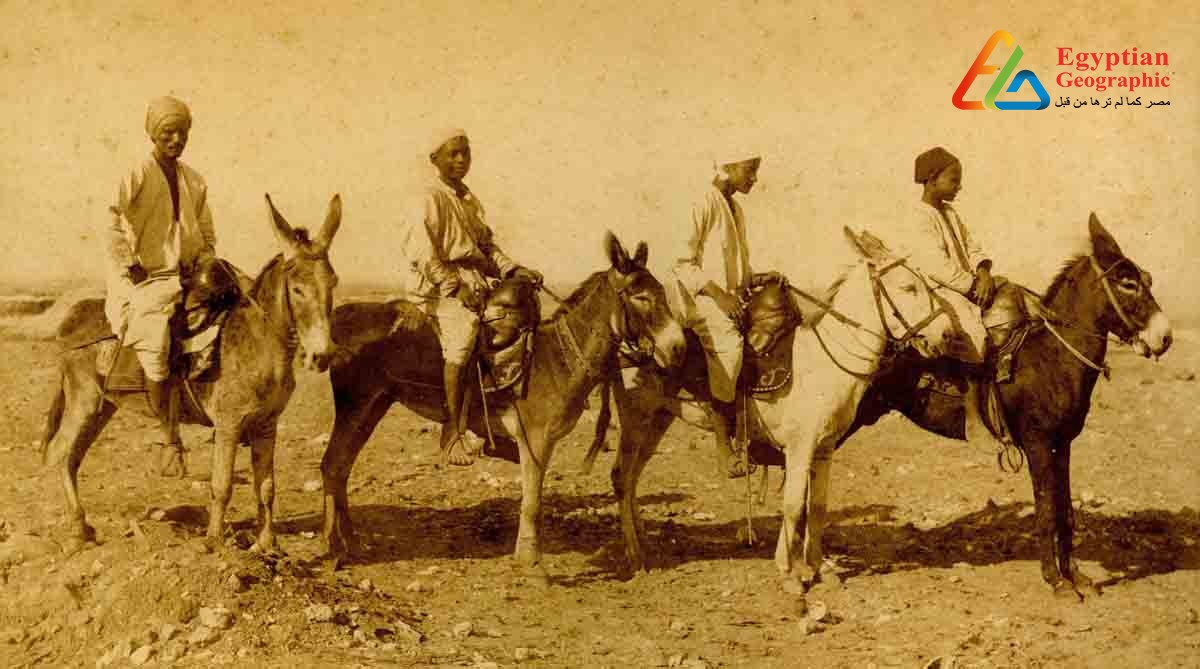
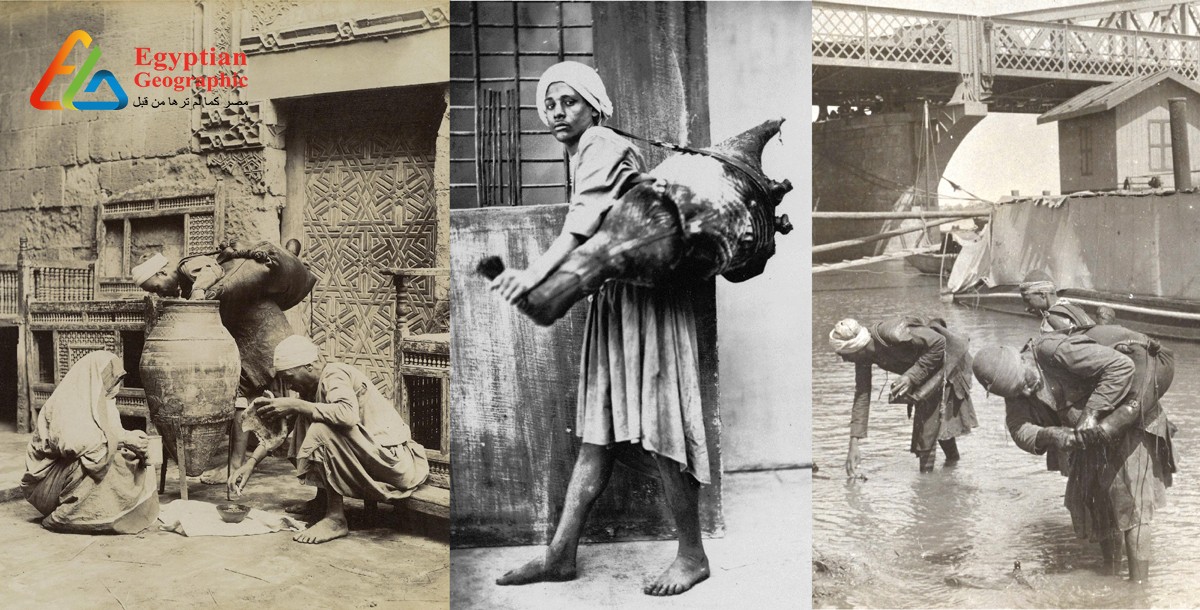











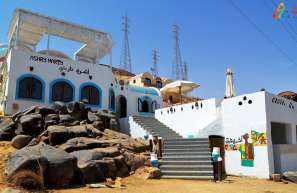

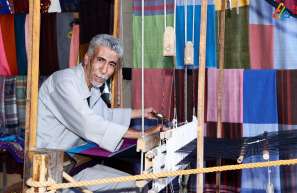

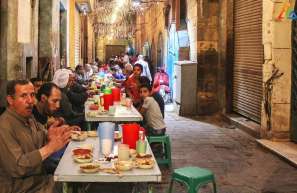











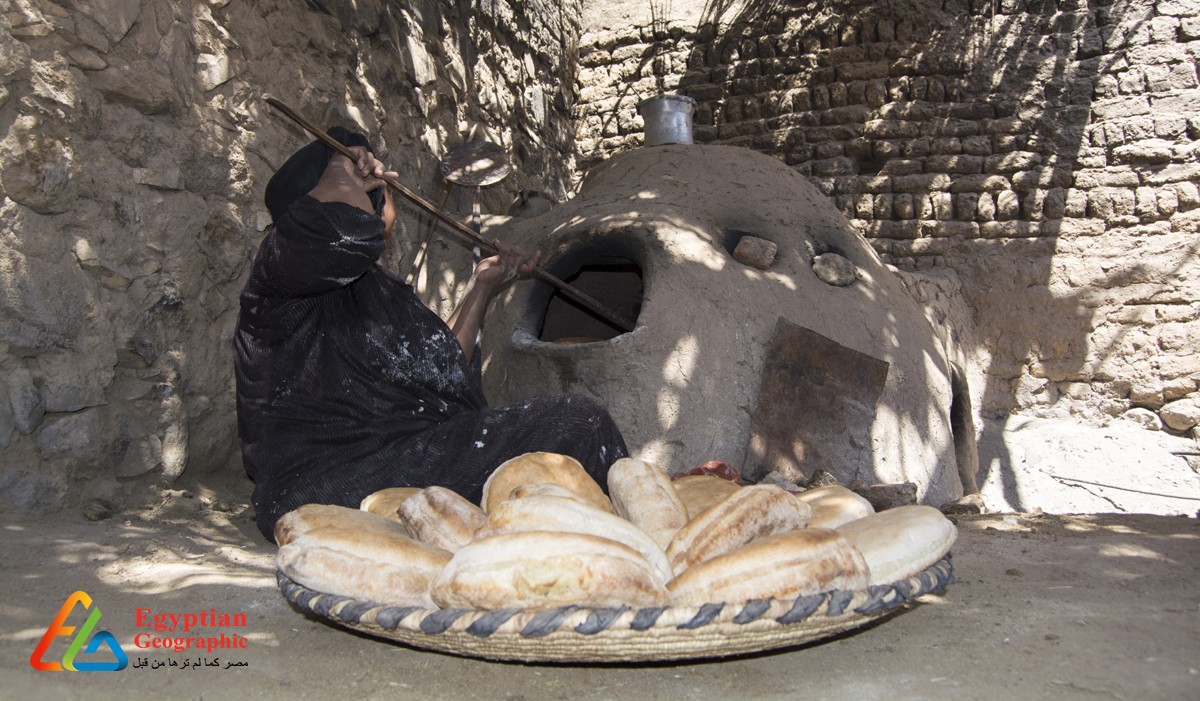
مجلة علمية معرفية وثائقية تتناول الشخصية المصرية